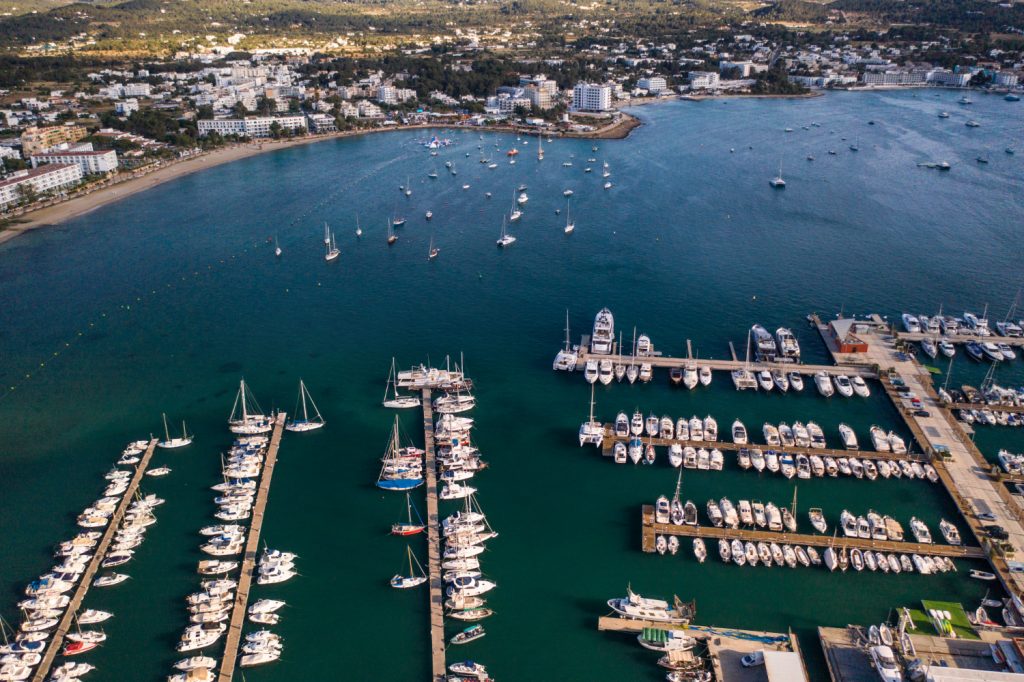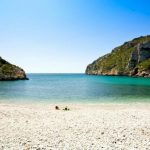Nestled on the stunning Costa Blanca of Spain, Jávea (or Xàbia in Valencian) is a picturesque coastal town renowned for its unique blend of history, natural beauty, and vibrant culture. Among its many jewels, the Port Area, known locally as “Puerto de Jávea,” stands out as a hub of activity and charm. From its historical roots as a fishing village to its modern-day attractions, Jávea's Port Area offers visitors a glimpse into the soul of this enchanting town.
In this guide, we’ll explore the history, key attractions, and experiences that make the Port Area a must-visit destination.
The History of Jávea’s Port Area
Jávea's Port Area has a rich history tied to the Mediterranean Sea. Historically, it was a small fishing village where locals relied on the abundant marine life for sustenance and trade. The harbor served as an essential gateway for exporting local goods, including raisins, which were a significant export product during the 19th century.
As fishing methods evolved, so did the port’s infrastructure. Over time, the port grew to accommodate larger fishing vessels, while the traditional methods of fishing, such as using small wooden boats, remained a staple. The area’s traditional whitewashed buildings and cobbled streets are a testament to its historical charm, offering a peek into the bygone era.
Today, while fishing remains a part of its identity, the port has transformed into a vibrant cultural and leisure hotspot, blending tradition with modernity.
Key Attractions in Jávea's Port Area
1. The Marina
The Marina is the heart of the Port Area, bustling with activity and offering stunning views of the Mediterranean Sea. Visitors can watch boats and yachts gently bobbing on the water or enjoy a leisurely stroll along the promenade.
The Marina is also a gateway for aquatic adventures, including boat rentals, sailing lessons, and fishing charters. For those seeking a touch of luxury, the sight of sleek yachts against the azure waters is an unforgettable experience.
2. The Church of Nuestra Señora de Loreto
A standout landmark in the Port Area, the Church of Nuestra Señora de Loreto, is a modern architectural marvel. Built in the 1960s, its design mimics the shape of a ship's hull, symbolizing Jávea’s strong ties to the sea. The interior is equally captivating, with intricate stained glass windows and a serene atmosphere that invites contemplation.
The church is dedicated to the patron saint of sailors, further cementing its significance within the port’s maritime heritage.
3. Traditional Fish Market
The bustling fish market is a nod to the port's roots as a fishing hub. Open daily, it’s the perfect place to witness the local fishermen bringing in their fresh catch. From prawns and squid to seabass and tuna, the market offers a variety of seafood that attracts both locals and visitors.
For food enthusiasts, purchasing fresh fish and experiencing its authentic flavor in local recipes is a highlight of any trip to the Port Area.
4. Playa de la Grava
Located adjacent to the Port Area, Playa de la Grava is a charming pebble beach ideal for a relaxing day by the sea. The clear waters make it perfect for swimming, while the beachside promenade is lined with cafés and restaurants.
The beach’s laid-back vibe and proximity to the port make it a favorite spot for families and couples seeking a tranquil escape.
5. Waterfront Dining and Nightlife
Jávea’s Port Area is renowned for its excellent dining options, particularly its seafood. Restaurants along the waterfront serve freshly caught fish, paella, and other Mediterranean specialties, accompanied by breathtaking views of the sea.
As the sun sets, the port comes alive with a vibrant nightlife scene. From cozy bars offering cocktails to live music performances, there’s no shortage of ways to end the day on a high note.
Experiences to Cherish in the Port Area
Explore Local Art and Culture
The Port Area is home to several galleries and cultural spaces where visitors can discover the works of local artists. These exhibitions often showcase paintings, sculptures, and photography inspired by the sea and Jávea’s natural beauty.
Fishing Tours and Boat Excursions
For those looking to immerse themselves in the port’s maritime heritage, fishing tours provide a hands-on experience. Alternatively, boat excursions to nearby attractions like the Granadella Cove or Cabo de San Antonio offer stunning perspectives of the coastline.
Practical Tips for Visiting the Port Area
- Parking: The Port Area has designated parking lots, but they can fill up quickly during peak season. Arriving early is recommended.
- Seasonal Crowds: Summer months see the most visitors, so consider visiting in spring or autumn for a more relaxed experience.
- Local Cuisine: Don’t miss trying "arroz a banda," a traditional rice dish cooked with fish stock, a local specialty in Jávea.
Conclusion
Jávea’s Port Area is a captivating blend of history, culture, and natural beauty. Whether you’re drawn to its rich maritime heritage, scenic waterfront, or vibrant dining and nightlife scene, the Port Area offers something for everyone. It’s a place where the charm of a traditional fishing village meets the modern allure of a Mediterranean destination, making it a must-visit spot on any trip to Jávea.
Plan your visit to the Port Area, and let its unique blend of tradition and modernity leave an indelible mark on your travel memories.
Frequently Asked Questions (FAQs)
What is the history of Jávea's Port Area?
Jávea’s Port Area started as a small fishing village and evolved into a cultural and leisure hub while retaining its maritime traditions
What are the main attractions in Jávea's Port Area?
Key attractions include the Marina, the Church of Nuestra Señora de Loreto, Playa de la Grava, and the traditional fish market
What activities can I enjoy in the Port Area?
Visitors can explore galleries, enjoy waterfront dining, join fishing tours, and take boat excursions to nearby coves
What is the best time to visit Jávea’s Port Area?
Spring and autumn offer pleasant weather and fewer crowds, while summer is ideal for enjoying the beach and nightlife
Are there family-friendly activities in the Port Area?
Yes, families can enjoy the beach, visit the fish market, and partake in cultural festivals


